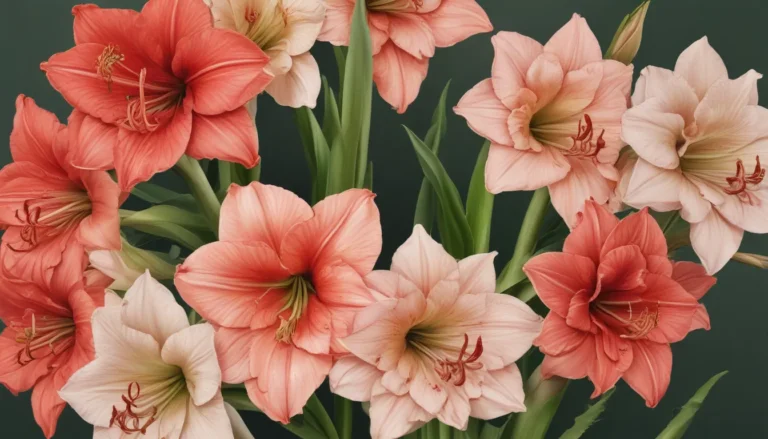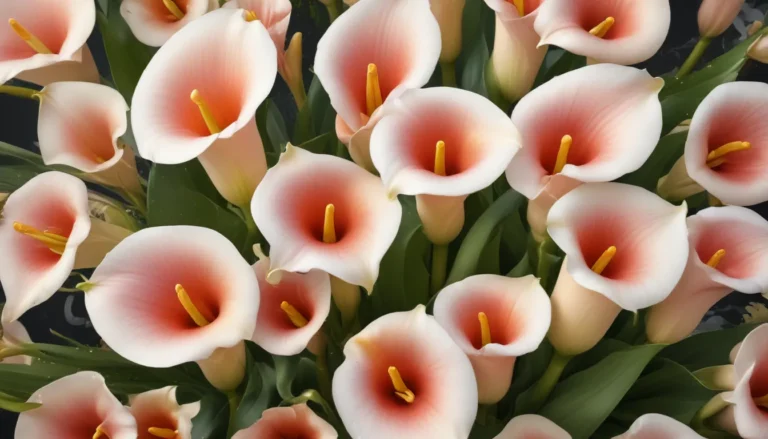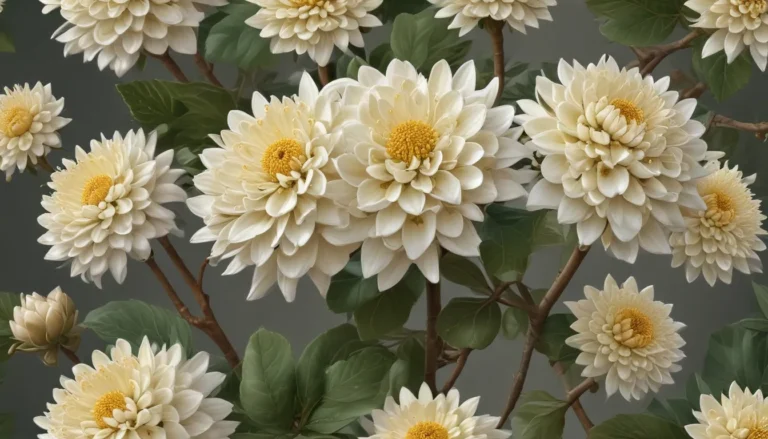The pictures we use in our articles might not show exactly what the words say. We choose these pictures to make you interested in reading more. The pictures work together with the words but don’t take their place. The words still tell you the important facts.
Are you looking to add a touch of beauty and charm to your garden or landscape? Look no further than the Black-Eyed Susan Vine, also known as Thunbergia Alata. This fascinating plant not only captures the attention of both humans and pollinators with its vibrant yellow or orange flowers but also offers a plethora of captivating traits that make it a must-have in any garden.
Exploring the World of Black-Eyed Susan Vine
Let's delve into 11 captivating facts about this remarkable vine, from its origin and growth habits to its benefits and care tips. Whether you're a seasoned plant enthusiast looking to expand your knowledge or a novice gardener planning your next project, these facts will provide you with a deeper understanding and appreciation of the Black-Eyed Susan Vine.
A Glimpse into the World of Black-Eyed Susan Vine
-
Vibrant Perennial: The Black-Eyed Susan Vine, scientifically known as Thunbergia Alata, is a stunning flowering plant that belongs to the Acanthaceae family. Originating from Eastern Africa, this plant has gained popularity worldwide due to its vibrant and attractive appearance.
-
Distinctive Flower: The Black-Eyed Susan Vine gets its name from its characteristic flower, featuring a dark, velvety center surrounded by vibrant yellow petals. Resembling the eye of a black-eyed Susan, this unique flower adds to the vine's charm.
-
Excellent Climbing Vine: With twining stems that can reach a height of 6 to 8 feet, the Black-Eyed Susan Vine is an ideal choice for trellises, fences, or pergolas, adding vertical interest to your garden.
-
Attracts Pollinators: The vibrant flowers of the Black-Eyed Susan Vine act as magnets for pollinators like bees and butterflies, providing them with a valuable food source and contributing to a healthy garden ecosystem.
-
Variety of Colors: While the classic Black-Eyed Susan Vine features yellow flowers with a black center, there are also varieties available in white, orange, and bicolor options, allowing you to choose the perfect vine for your garden.
-
Thrives in Full Sun: This sun-loving plant requires at least 6 hours of direct sunlight to thrive, ensuring vigorous growth and abundant blooms that will brighten up your outdoor space.
-
Prefers Well-Draining Soil: To prevent the risk of root rot, it is best to plant the Black-Eyed Susan Vine in well-draining, fertile, loamy soil that retains moisture while allowing excess water to drain away.
-
Easy to Grow: Known for its low maintenance requirements and adaptability to various growing conditions, the Black-Eyed Susan Vine is a hassle-free addition to any garden, even for novice gardeners.
-
Blooms Throughout Summer: Enjoy a spectacular display of blooms throughout the summer months, with the vibrant flowers of the Black-Eyed Susan Vine adding color and beauty to your garden.
-
Can be Grown as an Annual: While a perennial in its native habitat, the Black-Eyed Susan Vine is often grown as an annual in cooler climates, allowing you to enjoy its stunning blossoms year after year.
-
Lovely Cut Flower: The beautiful flowers of the Black-Eyed Susan Vine make it an excellent choice for cut floral arrangements, bringing the vibrancy of your garden indoors.
Embracing the Beauty of Black-Eyed Susan Vine
In conclusion, Black-Eyed Susan Vine, or Thunbergia Alata, is a captivating and versatile plant that can enhance any garden. Its vibrant flowers, ability to attract pollinators, and easy care requirements make it a delightful addition to your outdoor space. Whether you choose to grow it for its striking appearance or to support local pollinators, this vine is sure to add an enchanting touch to your garden.
FAQs: Unveiling More Insights about Black-Eyed Susan Vine
- How tall does the Black-Eyed Susan Vine grow?
-
The Black-Eyed Susan Vine can reach a height of 6 to 8 feet, making it ideal for vertical gardening or creating a dramatic visual impact.
-
Does the Black-Eyed Susan Vine require a lot of sunlight?
-
Yes, the Black-Eyed Susan Vine thrives in full sun, requiring at least 6 hours of direct sunlight daily for proper growth and flowering.
-
Can I grow the Black-Eyed Susan Vine in a container?
-
Absolutely! The Black-Eyed Susan Vine adapts well to container gardening with some considerations for proper drainage and support for climbing.
-
How often should I water the Black-Eyed Susan Vine?
-
Water the Black-Eyed Susan Vine moderately, ensuring the top inch of soil feels dry before watering to prevent overwatering and root rot.
-
Does the Black-Eyed Susan Vine attract beneficial insects?
-
Yes, the bright flowers of the Black-Eyed Susan Vine attract butterflies, bees, and hummingbirds, contributing to a healthy garden ecosystem.
-
Does the Black-Eyed Susan Vine require special care during winter?
- In colder regions, it is usually grown as an annual. However, in mild climates, you can provide some winter protection by mulching around the base of the plant to insulate the roots.
As you explore the world of Black-Eyed Susan Vine, remember that each fact shared is contributed by real users like you, ensuring a wealth of diverse insights and information. Trust in our commitment to quality and authenticity as you discover the beauty and versatility of this captivating plant.






